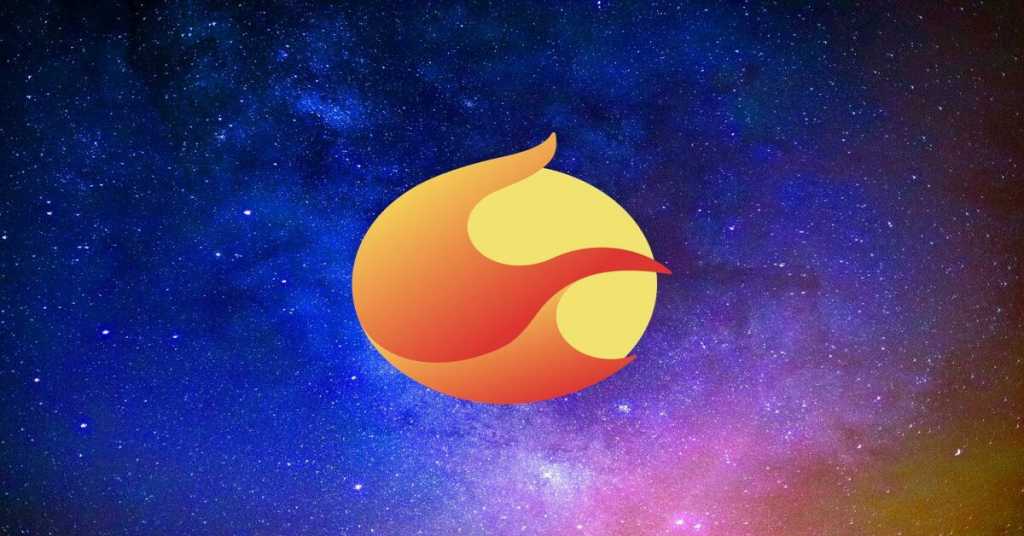It is widely known that the world of cryptocurrency is fickle and ever changing. With each passing hour the values of crypto tokens go up and down which makes it difficult for any cryptocurrency to remain on top or yield continuous profits. It is highly common for cryptocurrencies to do well one day and be down in the dumps the next. This holds true especially for cryptocurrencies such as Dogecoin, Shiba Inu, Ethereum and Bitcoin as they are more volatile in nature as compared to stablecoins. You can exchange or buy shiba coin, DOGE, Ether or Bitcoin or any of the various cryptocurrencies in circulation on the various exchange platforms available.
Stablecoins such as Tether are pegged to a US dollar. Stablecoins are a type of cryptocurrency whose value is pegged to a real world asset such as fiat currency or the value of gold. This prevents any radical fluctuations in their token value and provides stability. For example, Tether is pegged to the US dollar which means 1 tether token equals 1 USD (USDT to INR). Although one stablecoin, terra LUNA, witnessed a massive collapse earlier in may after its prices shot up weeks prior to the fall. Let’s take a look at what happened, how it was dealt with and what are the future plans of this cryptocurrency.
What Happened To Terra?
In early May, the algorithmic stablecoin UST lost its peg. UST has been built on top of the Terra protocol and serves as the driving power behind the whole ecosystem. A few days after getting devalued, it was selling for about $0.30, which was shockingly 70% less than its anticipated value of $1.
Because of the way the algorithm works, dealers could exchange one UST (which was trading below $1) for one LUNA. The purpose of this design was to destroy the UST and restrict its supply, causing its value to skyrocket. However, selling pressure was intense, and UST never even approached its $1 objective. This allowed traders to print LUNA in vast amounts, resulting in a massive supply of more than 6 trillion LUNA in only a few days. Such tremendous supply expansion in such a short time with no capacity to absorb it became inescapable, and the price of LUNA plunged to $0. This caused the whole Terra ecosystem to be washed away in an instant and billions of dollars vanished from the market in less than a week.
What Happens Now?
A new version of the Terra blockchain, called Terra 2.0 was poised to emerge over three weeks after the Terra blockchain failed and TerraUSD lost its peg to the dollar. In the process, a new Luna coin will also be created. Luna 2.0 will be the first token on the new Terra blockchain, and it will be utilized to rescue the Terra Luna ecosystem.
It is proposed that the present version of Luna will be replaced by Luna 2.0 and will sever ties with the UST stablecoin, which caused the crash in the first place. A majority of the dApps will be migrated to the new chain and work in tandem with the old one.
- The old LUNA will be renamed luna classic and traded under LUNC while the new luna will trade under LUNA. The original blockchain will be known as Terra Classic, while the Luna blockchain will be known as Luna Classic.
- After then, the original Luna logo will be utilized to establish a new blockchain.
- Previous Luna and UST holders will get tokens on this new Blockchain through an airdrop. In the crypto world, an airdrop is when coins are given out for free–usually to stimulate interest in the currency. The new Luna currency will be distributed to current owners of the previous Luna coin (now Luna Classic) as well as owners of TerraUSD.
- Investors who possess more than 10,000 Luna tokens would initially get just 30% of their tokens, with the remaining 70% dispersed over two years to discourage them from selling them all at once.
A Breakdown Of Terra’s Revival
- The Terra Blockchain will be separated into a new Blockchain, but without the distinctive architecture of the algorithmic Stablecoin UST mechanism to avoid crypto catastrophes in the future.
- Terra Classic (LUNC) will be the name of the previous blockchain while the new blockchain will operate under Terra 2.0 (LUNA).
- The new token LUNA will be airdropped (i.e., given away for free) to all persons who stake, i.e., seize or pledge their LUNA classic tokens, remaining USTs, and other Terra Classic ecosystem essential tokens.
- As part of the revival strategy, the total quantity of new LUNA tokens in active circulation was set at one billion.
According to Terra, the Luna 2.0 launch will take place at about 6 a.m. UTC (2 a.m. ET, 11 p.m. PT) on 28th May.
Removing the stablecoin that triggered Luna’s decline in the first place may increase the new cryptocurrency’s prospects of success. Nonetheless, investors should proceed with care while investing in cryptocurrency since anything may happen in this volatile market.

